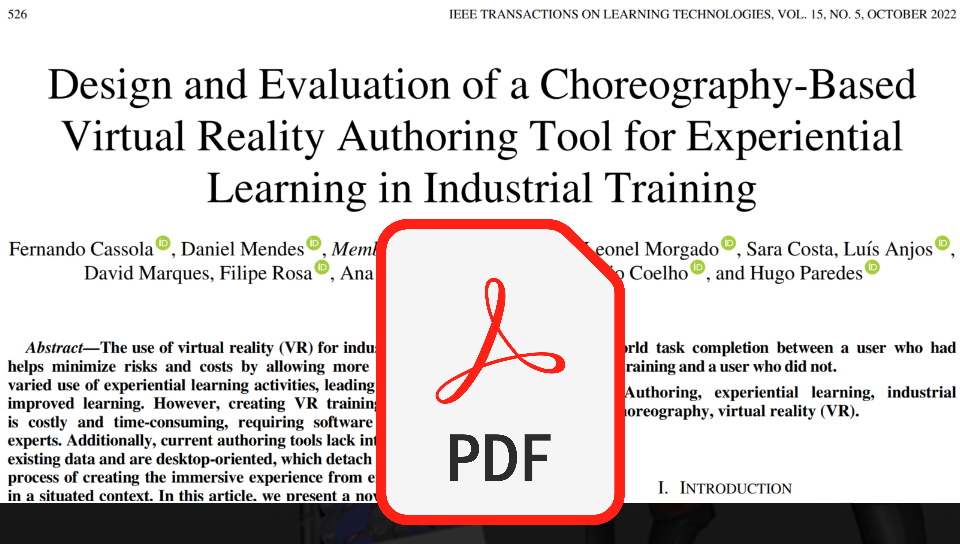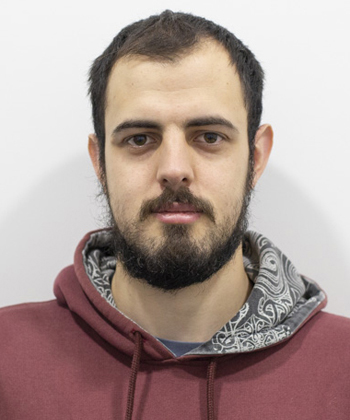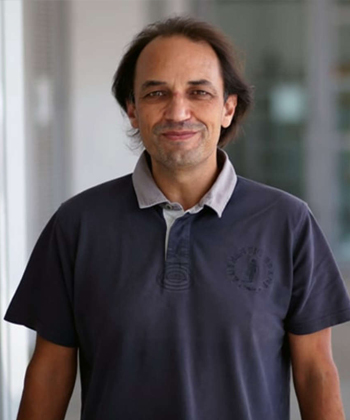-

Innovative combination of Digital Twin and Virtual Reality
-

Digital Twinning solution for virtual interaction with wind turbine
-

VR solution for providing experimental learning services
Virtual Reality (VR) and Augmented Reality (AR) technologies have the potential to become the
mainstream approach to high quality training in the future.
Virtual Reality provides the
perfect
medium to deliver effective training tools in a safe, controlled, repeatable and affordable way.
However, the implementation of such training programs requires a significant adoption effort
that can impact the whole company, ranging from the associated costs of the knowledge
transfer to employees’ technology acceptance.
The proposed training program is an immersive VR authoring tool for trainers to create
engaging training courses. The actions that the trainee can perform in the virtual environment
are performed for example on industrial machines, and descriptive information is added.
The tool was designed as a generic approach to training procedures on engineering components and was applied to the training of wind turbine maintenance procedures at VESTAS, a Danish company, and a world leader in the production sector of wind turbines*.
The project took advantage of the existing CAD (computer-aided design of turbines and spare
parts) to create more realistic virtual training scenarios. More than creating realistic
training and certification scenarios, the objective was to create a training and certification
tool capable of delivering certified training, that is, to propose a tool that could be used to
train and provide certificates to employees with the same validity of the training in the real
scenario.
The final result not only enabled VESTAS with a more economical training and certification
methodology, but also allowed the company to offer VR-based training and the certification
system to third parties in different fields of application following a platform as a service
(PaaS) approach and, consequently, generating a new revenue stream.
In the virtual environment, contextual information is automatically attached. Actions are structured as procedures.
Information about the course structure, environments, tools, models and placements is stored locally, where the tool is run. All actions and procedures are converted into virtual choreographies.
The server tries to find a matching choreography in the dictionary. Validated behaviors are added as new choreography.
The user interface provides different types of information including messaging, alerts, and feedback on non-visible events. In addition, there is the possibility of interaction through text input on a virtual keyboard.
In an interactive way, the trainer creates and edits courses and their structure through the user interface: training modules, their procedures and the steps of each procedure.
The tool allows the trainer to configure the training environment, specifying each of the different components, starting with the selection of the 3D model of the machine.
With the selected 3D model visible in the immersive space, the trainer can select a section of the model as the focus of the training to limit the interaction options available to the trainees.
The trainer can provide any technical documentation he deems pertinent through a floating panel. The configuration process also includes the selection of operator tools.
The final aspects of the configuration are the trainee's starting position and the location of the 3D model in the chosen environment.
Each procedure is made up of named steps, which in turn are made up of actions. The specification and nomenclature of the stages occurs during the definition of the course structure, but the recording of the actions is performed by demonstration.
After the trainer records all actions, all stages, all procedures, all modules of the course, the trainee can perform this training, trying to perform the procedures in the 3D model, following the specific technical documentation. Each action is recorded by the system, also as a choreography and can be analyzed by the trainer later.

Design and Evaluation of a Choreography-Based Virtual Reality Authoring Tool for Experiential Learning in Industrial Training





